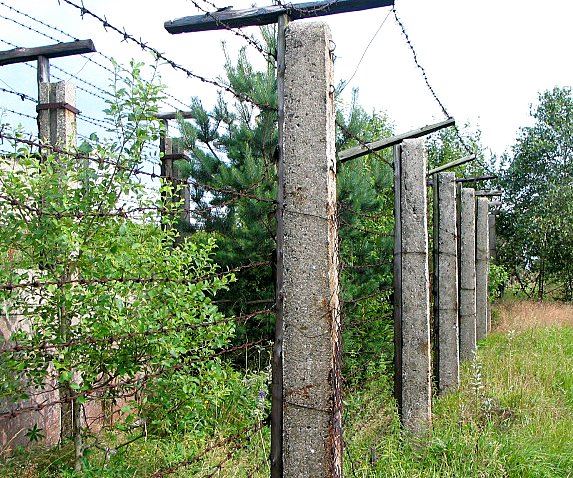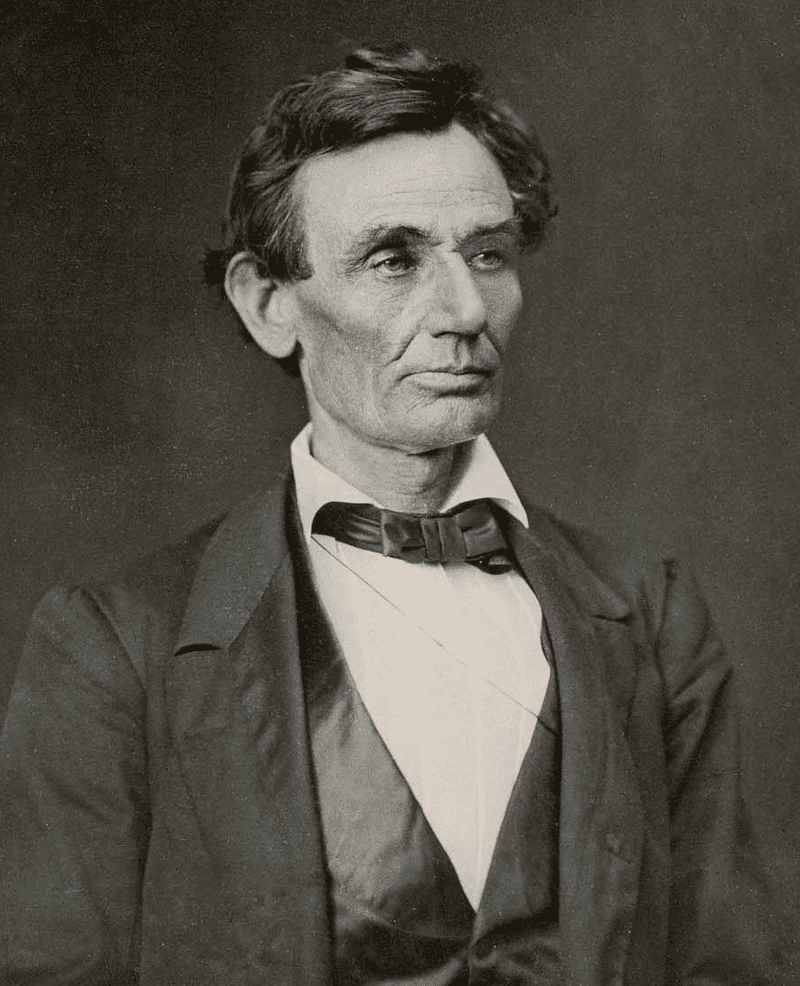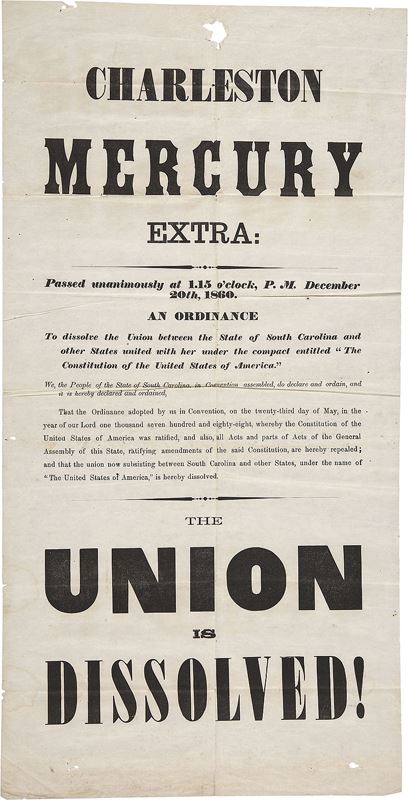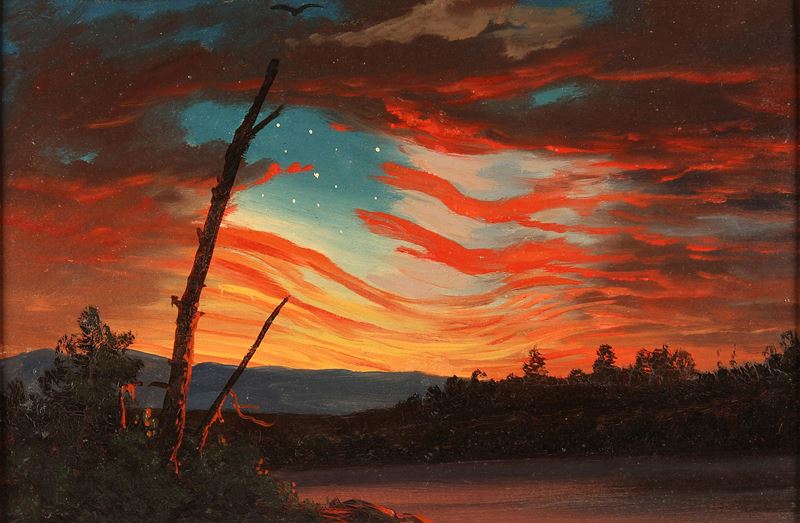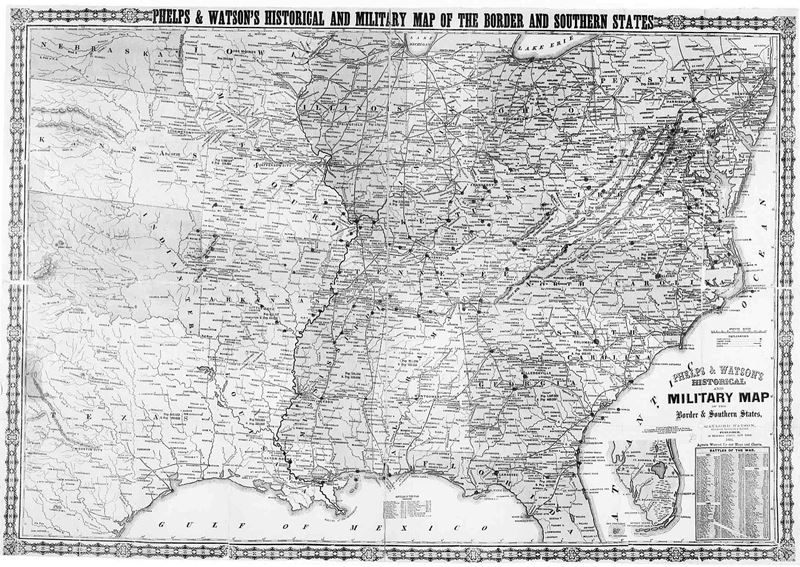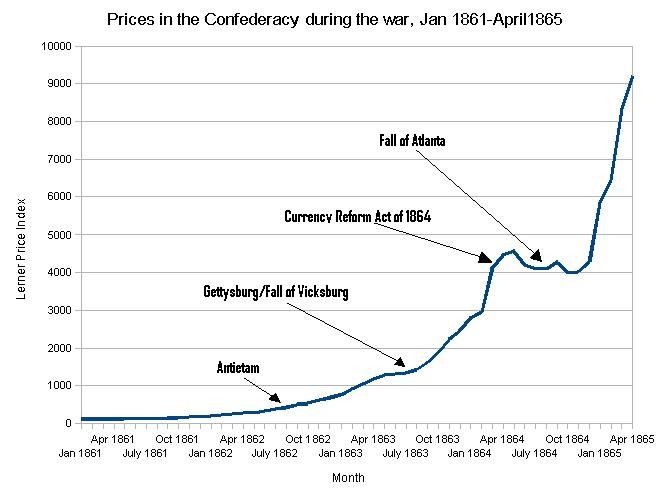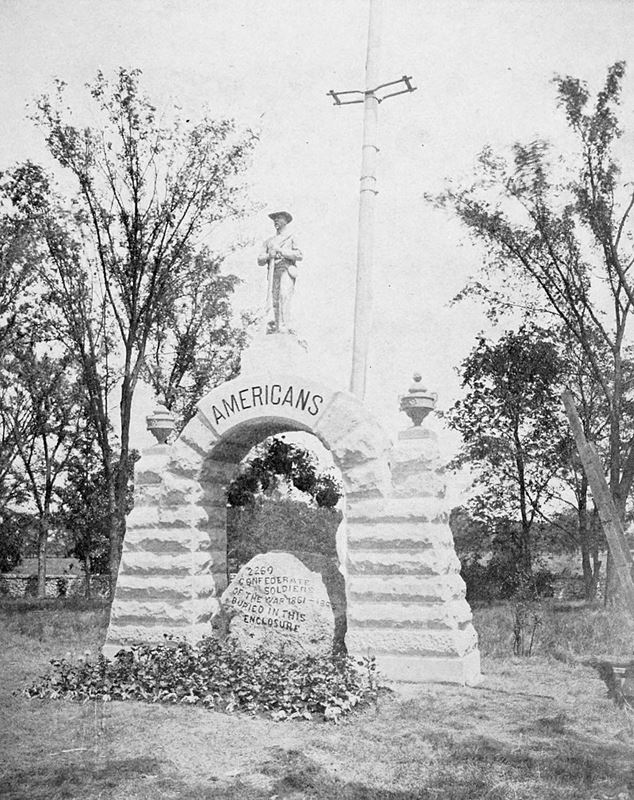The Iron Curtain is a term describing the political boundary dividing Europe into two separate areas from the end of World War II in 1945 until the end of the Cold War in 1991. The term symbolizes the efforts by the Soviet Union (USSR) to block itself and its satellite states from open contact with the West and its allied states. On the east side of the Iron Curtain were the countries that were connected to or influenced by the Soviet Union, while on the west side were the countries that were NATO members, or connected to or influenced by the United States; or nominally neutral. Separate international economic and military alliances were developed on each side of the Iron Curtain. It later became a term for the 7,000-kilometre-long (4,300 mi) physical barrier of fences, walls, minefields, and watchtowers that divided the “east” and “west”. The Berlin Wall was also part of this physical barrier.
The nations to the east of the Iron Curtain were Poland, East Germany, Czechoslovakia, Hungary, Romania, Bulgaria, Albania, and the USSR; however, East Germany, Czechoslovakia, and the USSR have since ceased to exist. Countries that made up the USSR were Russia, Belarus, Latvia, Ukraine, Estonia, Moldova, Armenia, Azerbaijan, Georgia, Uzbekistan, Kyrgyzstan, Tajikistan, Lithuania, Turkmenistan, and Kazakhstan. The events that demolished the Iron Curtain started with peaceful opposition in Poland,[1][2] and continued into Hungary, East Germany, Bulgaria, and Czechoslovakia. Romania became the only socialist state in Europe to overthrow its government with violence.[3][4]
The use of the term “Iron Curtain” as a metaphor for strict separation goes back at least as far as the early 19th century. It originally referred to fireproof curtains in theaters.[5] Its popularity as a Cold War symbol is attributed to its use in a speech Winston Churchill gave on 5 March 1946, in Fulton, Missouri.[5]
On the one hand, the Iron Curtain was a separating barrier between the power blocs and, on the other hand, natural biotypes were formed here, as the European Green Belt shows today, or original cultural, ethnic or linguistic areas such as the area around Trieste were preserved.

